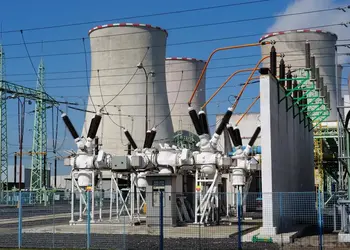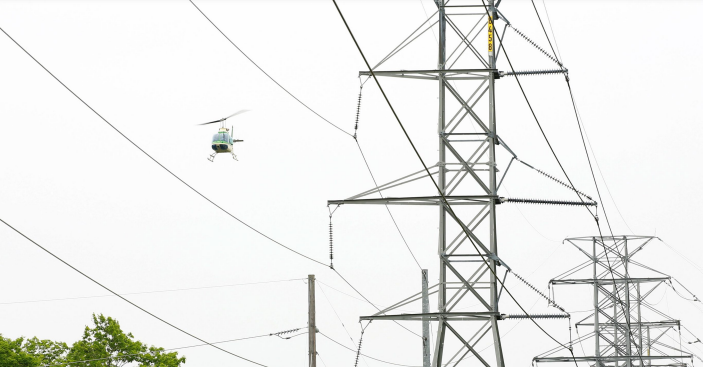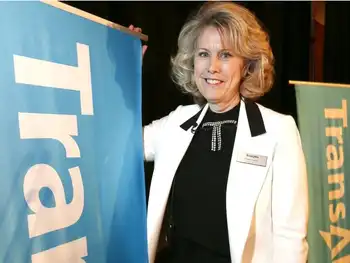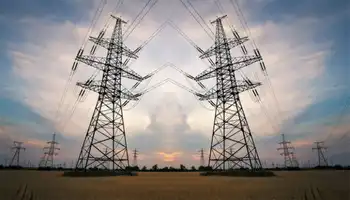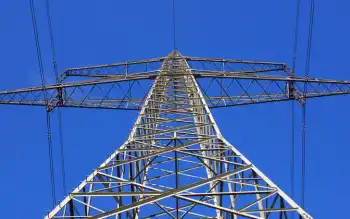Ontario colleges eager to go green
By National Post
CSA Z463 Electrical Maintenance
Our customized live online or in‑person group training can be delivered to your staff at your location.

- Live Online
- 6 hours Instructor-led
- Group Training Available
Many of the network of 24 institutions were built during the province's great expansion of post-secondary education in the 1960s and 1970s. Much of their equipment dated back to that time and, burdened with these energy guzzlers, the sector was spending some $50-million annually on energy and consuming almost 350 megawatt-hours of electricity a year. And to add insult to expense, the equipment was unreliable and constantly in need of repairs.
"[The colleges] were sitting on about $500-million or $600-million in deferred maintenance," says Laurie Trewartha, executive partner at Power Applications Group.
Early this decade, the colleges decided the time had come to pull the plug on costly, wasteful energy inefficiency. So they brought in the Power Applications Group in 2005 to put together a road map with funding from Ontario Power Authority's Conservation Bureau. A year later, Ontario's colleges became the first public-sector system in the province to launch an energy secretariat, designating the Power Applications Group to act in that capacity and oversee all the colleges' energy conservation.
"Over the last three years the number of different energy-efficiency projects we've undertaken has reduced our energy use on a per-square-foot basis by 15%," says Spencer Wood, manager, maintenance and operations at Toronto's Humber College Institute of Technology & Advanced Learning, who notes that most projects have a payback within four or five years.
Humber replaced its air conditioning system with a state-of-the-art one that saved about $100,000 a year in electricity costs. It has also replaced fans in classrooms, added insulation, installed new windows, upgraded domestic hot water tanks and new energy efficient lighting.
"Ontario's 24 public colleges are demonstrating true leadership on energy-saving initiatives," says Linda Franklin, president and CEO of Colleges Ontario. "Some colleges have put light sensors in classrooms, green roofs on their buildings and wind turbines on campus. Others have energy performance contracts with energy providers or have biomass-fueled hot water boilers. Our colleges make their actions speak louder than words. They don't just talk about being green and conserving energy — they do it."
With the help of the energy secretariat, the colleges are exemplary in their commitment to collaborating in energy efficiency and conservation.
To this end, Chris Trewartha, an executive partner with Power Applications Group, led the custom design of a revolutionary real-time operating system for the colleges, which have bought their electricity collectively since 2002. When fully implemented across province to all the colleges, it will provide them with detailed historical and real-time data on all their energy use, be it electricity, gas, water or steam.
"The system also brings in all the weather from all across the province, and real-time pricing — and it all goes into a central system, which can provide them with automatic analysis," Mr. Trewartha says.
"We can see if there was a spike in our energy use and figure out what piece of equipment came on when it wasn't supposed to — because that spike, depending on when it is, could cost us a lot of money," Mr. Wood says.
The new system also provides the colleges with access to best practices in real time," says Laurie Trewartha. "We can go back and compare year over year or month over month, even on a square footage or a per student basis. The colleges have varying resources, so this tool provides the smaller colleges that don't have the same resources as the larger ones with all this data and to be able to share in best practices."
As technology continues to improve, Mr. Wood says, new opportunities for energy conservation and efficiency will arise. "And as money becomes available to implement those, we can have another swing at it and reduce our consumption some more. It's quite possible to do this, and on the grand scheme of things, we haven't really spent a huge amount of money on this. It's just a matter of the commitment and willingness to work together."






